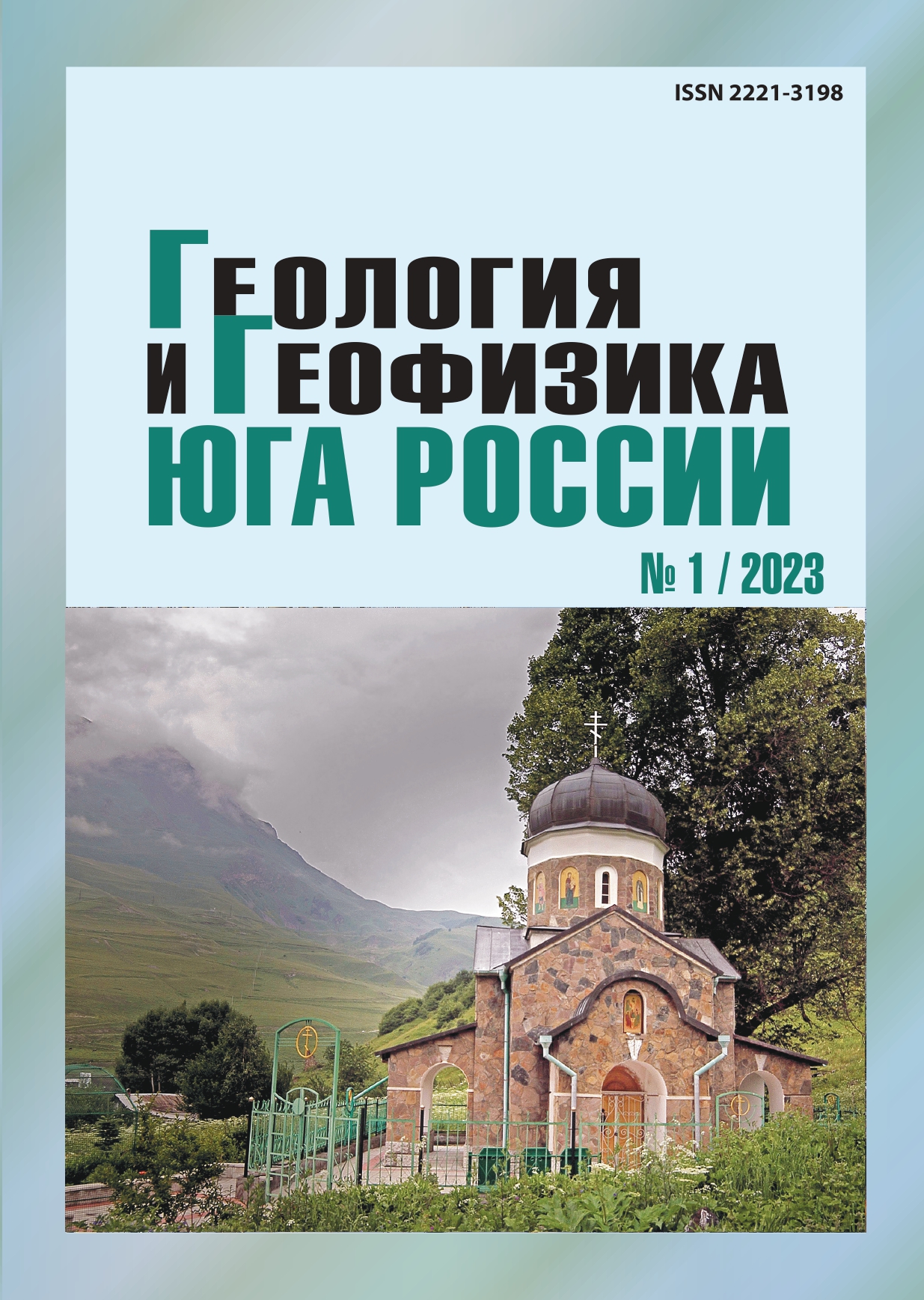Analysis of earthquake prediction models to obtain the best model
Abstract
Relevance. The science of studying the causes of earthquakes is rapidly developing. Each cause of an earthquake can be considered a precursor of an earthquake and using these precursors, predictive models can be built. To date, there are quite a few earthquake prediction models, which allow you to analyze these models to improve accuracy, that is, apply forecast data with higher probabilities. Aim. Analyze forecasting models and, based on the substantiation of existing forecasts, classify them into “necessary” and “sufficient” models, and define these terms. And also, to determine the algorithms for planning further actions to obtain much better forecasting models. It is “necessary” to develop algorithms that bring the “necessary” model to the “sufficient” one and vice versa. “necessary” forecasting models are models whose set of forecasts always includes a set of actually occurring events, and “sufficient” forecasting models are models whose forecasts always come true. The research methodology is to process the existing large data structures that are specified for further use in our algorithm. To calculate the probability of forecast accuracy, an algorithm with “parallel data” – “parallel probability” is used, which allows you to select those pairs of forecasting models (or triples, quadruples, etc.), whose “joint” probability of forecast accuracy gives a much better result than separately. Results were the formation of an author’s approach to processing earthquake forecast models and obtaining a generalized model that gives forecasts with a higher probability due to the use of statistics from already existing forecast models and their further observation. Algorithms have been defined for a) when to analyze all available required models and obtain one best model by combining the appropriate number of required models and b) when to combine enough models closest to guessing all predictions so that their number is less than in other unions. Also exists an algorithm that determines the study to be carried out after the occurrence of each event – the calculation of the probability of justification for individual models, as well as paired and triple models. The problem of using these algorithms in a specific area – earthquake prediction is discussed, and the results of the work of the author’s algorithm are shown.


